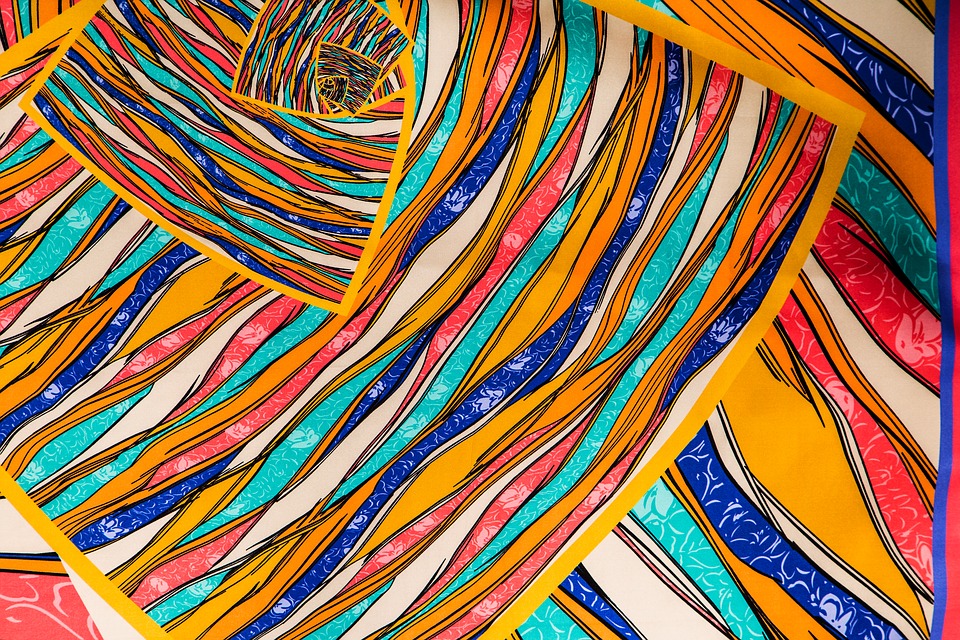
Mike is the CEO of medium-size textile company. When he joined the company, sustainability issues were still seen as belonging to the communication department. He ensured sustainability was integrated into the overall business strategy and a small hands-on team of experts in sustainability reported to him directly. He decided to focus on responsible supply chain management first, because this was the area where he was afraid of NGOs campaigning against his company. In order to implement the necessary changes he needed to get various departments to collaborate better.
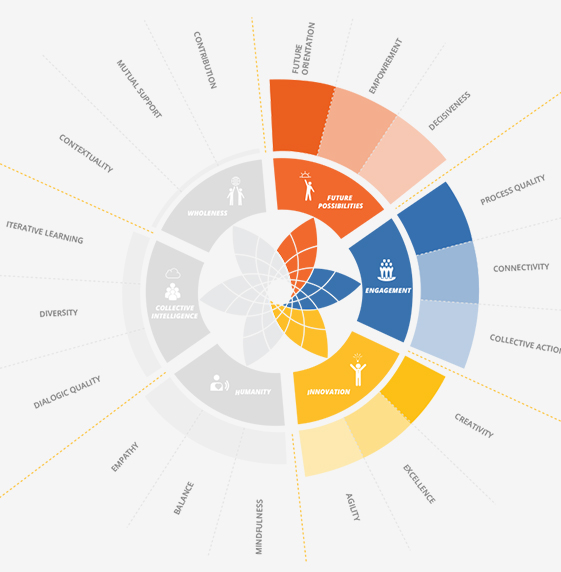
When Mike used the tool identify your competency pattern he noticed that his strongest dimension was Future Possibilities, which did not surprise him – he was known for getting a clear vision implemented. The fact that his most serious development area was Humanity made him think. Taking care of people had never been his priority.
Could there be a relationship between his development areas, the competitive culture of his company, and the lack of respect of working conditions in the supply chain? He decided to ask his top management team to also identify their individual competency pattern, and in addition, asked them to use the tool identify a challenge pattern to assess the collaboration culture of the top team.
Both results became a starting point for a conversation during the next management retreat. Mike wanted to build on the strengths of his top team—delivery of results, accountability, and commitment to success. But he also wanted to enhance other dimensions such as bringing in Humanity by seeing the people behind the tasks, and encouraging open exchange about challenges (Collective Intelligence).
His intention was to get the team to see the relevance of sustainability trends for the company (Wholeness) and inspire them to join him on an adventurous journey towards a more responsible company (Innovation).
The result was an eye-opener: as a team, they were quite complementary, except that Innovation was missing as a strong dimension across the team, but they had not been consciously utilizing their different strengths. On the second day of the retreat, after discussing key performance indicators for the transformation process towards sustainable sourcing practices, they created and Action Plan with the Compass. This became the basis for the more elaborated strategy the sustainability department would develop. A year later sustainable supply chain management was no longer a side issue. It had become part of the incentive systems and the performance appraisals. Beyond looking at the social issues in the supply chain, they had started measuring environmental issues, particularly carbon and water footprint aspects. They integrated sustainability and compliance issues into the company’s risk management procedures and operated with customized balanced scorecards that included sustainability. They had engaged all employees in the transformation process. The new internal slogan “We align our success with our contribution to fairness!” had made a difference to many of the employees.
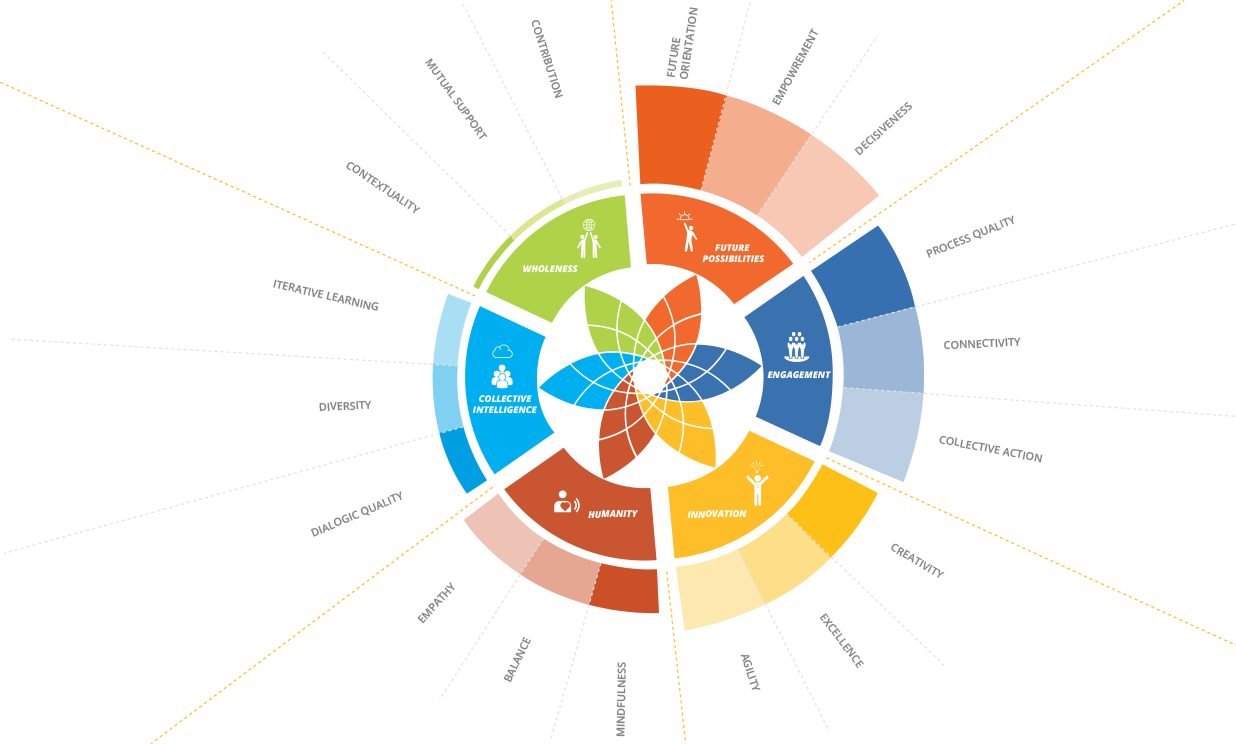
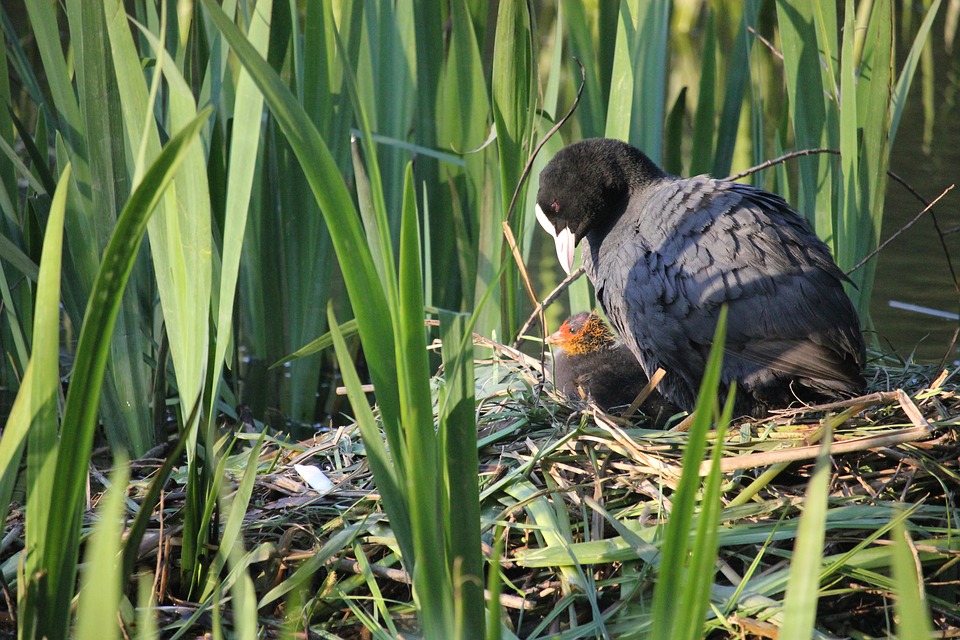
Peter is the Executive Director of DiversAct, an international NGO in Europe. The mission of the organization is to put biodiversity and natural resource management high on the public agenda.
Read More
Andrea is the sustainability manager of a European energy supply company that intends to enter into the renewable energy field, but still runs coal and a few nuclear energy plants.
Read More
Celine is a water engineer and the chair of the inter-ministerial coordination committee for the implementation of the drinking water policy in an African Country.
Read More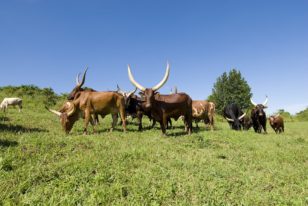
Nadeem is leading a complex strategic sustainability initiative between NGOs, development cooperation, the public sector and the private sector.
Read More
Mike is the CEO of medium-size textile company. When he joined the company, sustainability issues were still seen as belonging to the communication department.
Read More